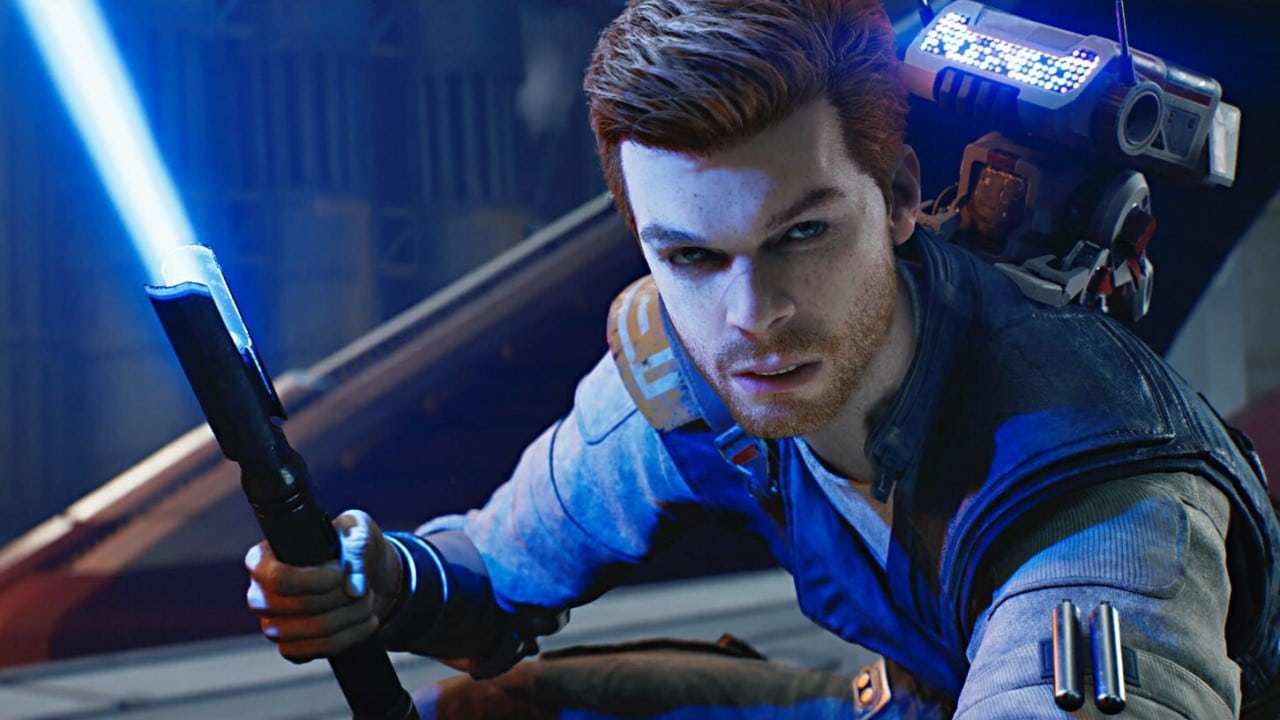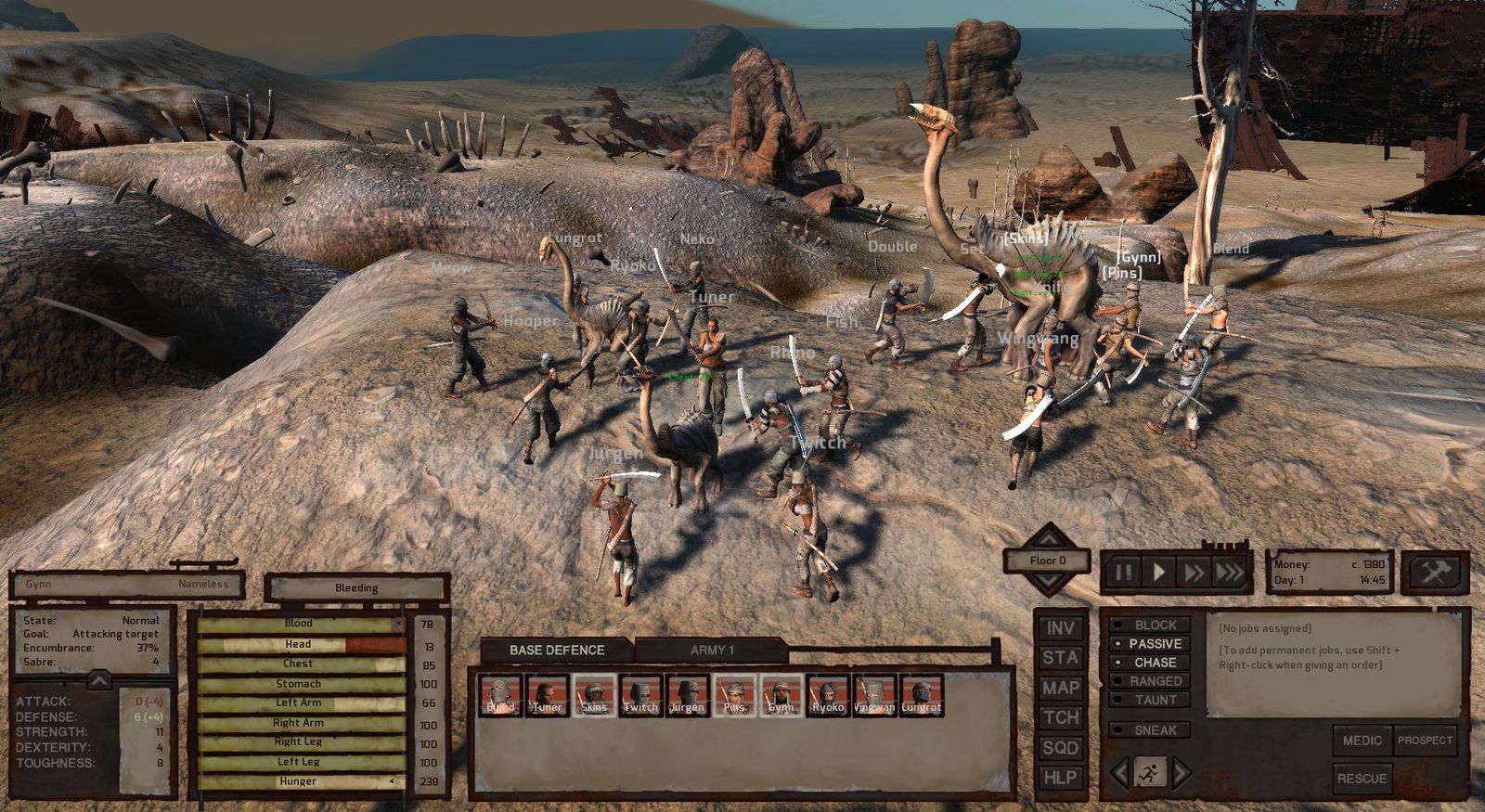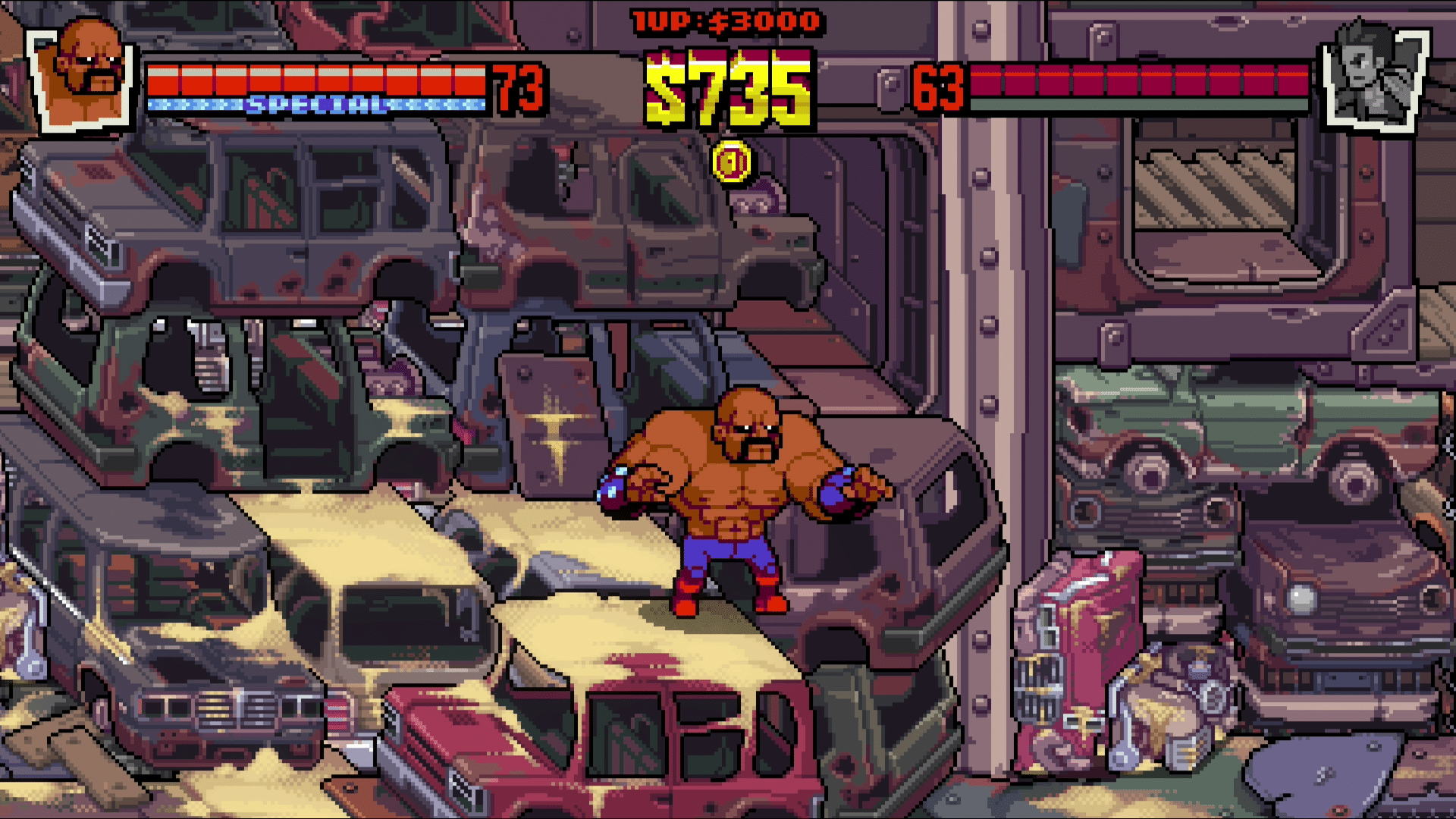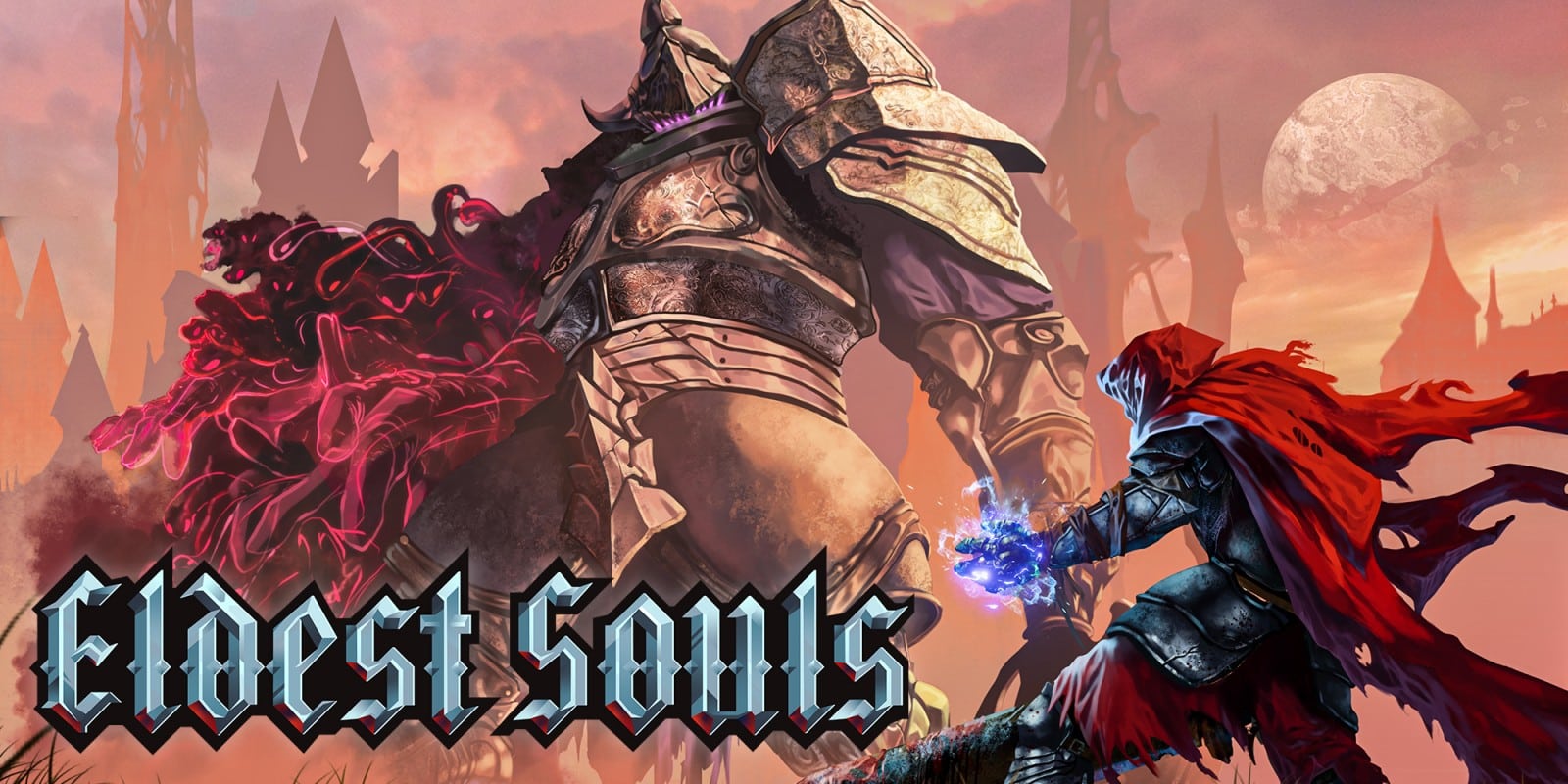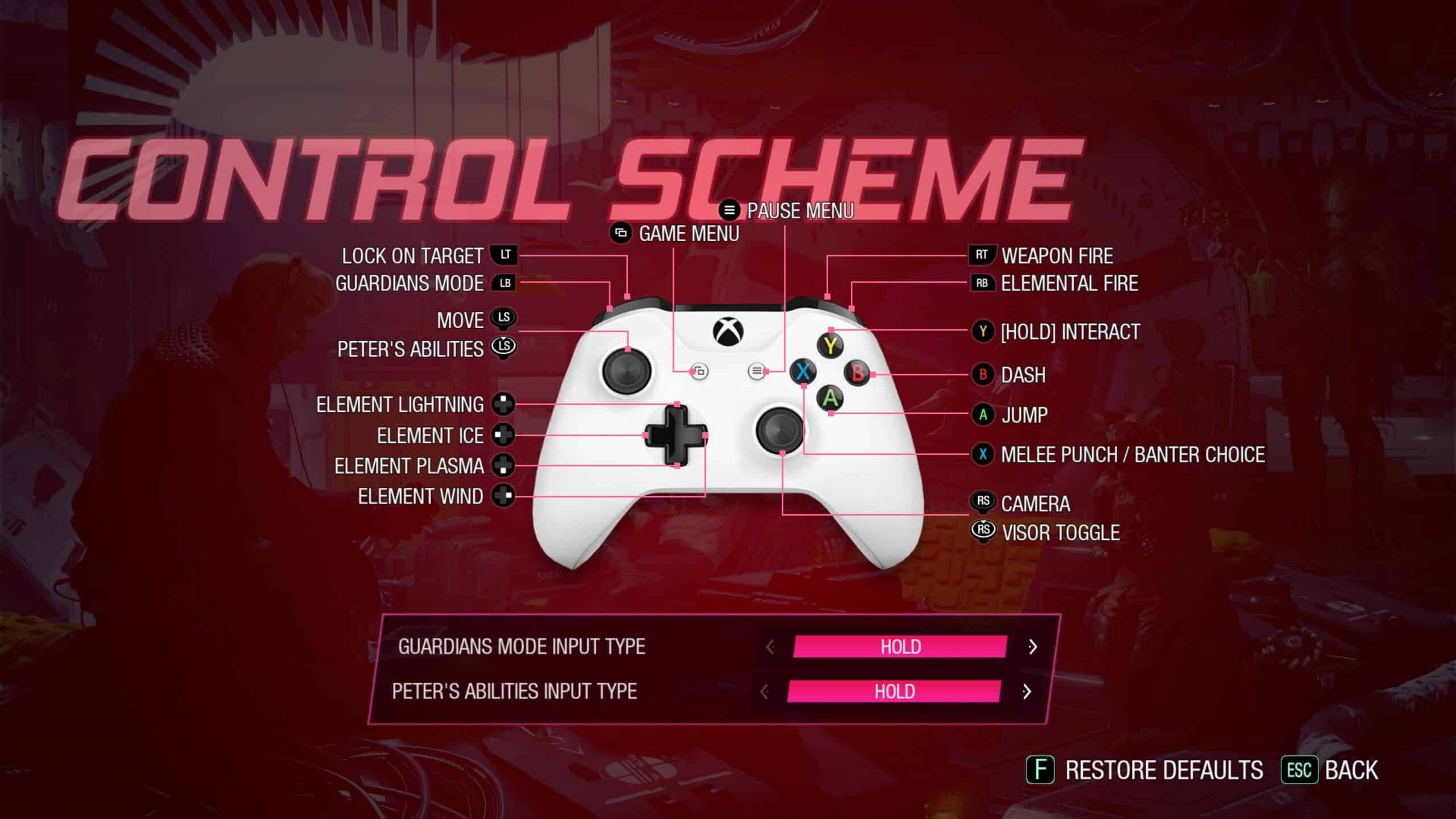Star Wars Jedi: Survivor may have released to fairly high reviews from critics (including ourselves), but the player reception hasn’t been as positive. The discrepancy is mostly due to the problematic performance of Respawn Entertainment‘s anticipated sequel. Across both PC and current gen consoles, there have been numerous reported issues with the technical side of Jedi: Survivor.
After nearly two months of downtime since the last update, and an announcement that work had begun on a last-gen version, Patch 7 has finally hit and aims to bring the Star Wars experience up to the community’s expectations. The main focus of the patch highlights the continued work on console performance, but the PC hasn’t been left out. The big win for PC players here (at least, Nvidia GPU owners) is that DLSS has finally been implemented, meaning a decent performance boost from the AI rendering solution is likely ready to alleviate some of those performance woes.
Read on for the full patch notes for Star Wars Jedi: Survivor‘s Patch 7.
This patch introduces several performance-related improvements* on PlayStation 5 and Xbox Series X/S including:
- Performance mode has been completely reworked to substantially improve player experience.
- A number of GPU and CPU optimizations – along with disabling Ray Tracing – has resulted in a better player experience, including a solid 60 FPS in Performance mode.
- Quality Mode has also received optimizations to help reduce FPS fluctuation and introduce other visual improvements.
- Variable Refresh Rate support added for PS5.
- Additional performance & optimization improvements for PC, including DLSS support.
- Save system tweaks to help prevent save game corruption.
- Fixed issues where players could not retrieve their XP after dying under certain circumstances.
- Various crash fixes.
- Various bug fixes & improvements across all platforms, including fixes for cloth, lighting, and UI.
- Note: Cinematics in Star Wars Jedi: Survivor on console are locked to 30 frames per second.

